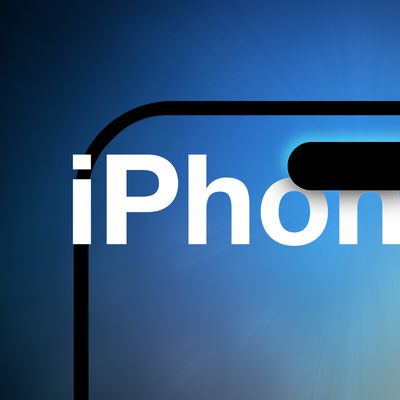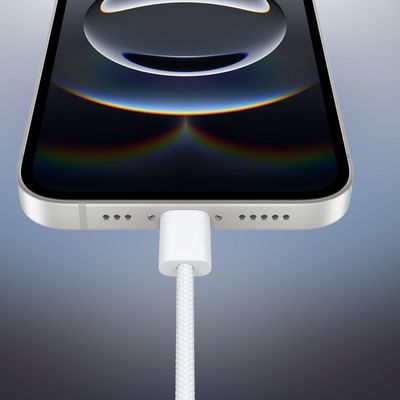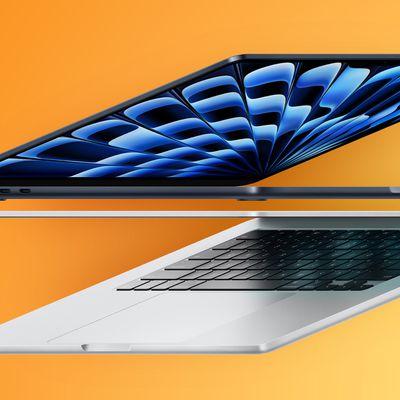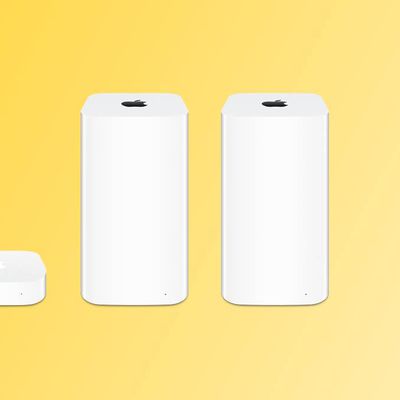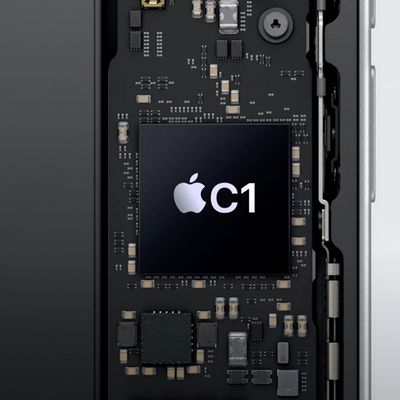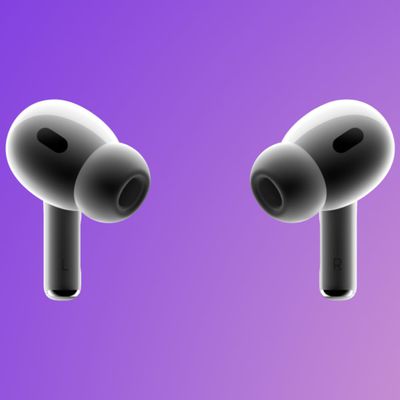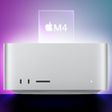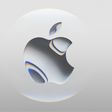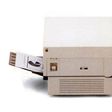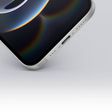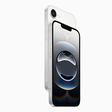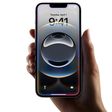The U.S. Patent and Trademark Office today published another Apple patent application that describes a reversible USB connector with a "double orientation design." (Via AppleInsider) Today's patent application, filed in February and titled "Reversible USB Connector with Compliant Member to Spread Stress and Increase Contact Normal Force," differs slightly from a separate application made a few weeks earlier by highlighting a key design detail that adds flexibility to the USB connector contacts.
According to the patent description, the USB connector would feature a flexible tongue allowing it to bend to fit an existing USB port regardless of the insertion orientation. This flexible plug connector was mentioned briefly in the January patent, but Apple has expanded upon this idea in this latest patent application to address various types of support elements that would minimize stress on the flexible portion of the tongue while still ensuring strong contact between the connector and a USB port.
As mentioned previously, some plug connectors of the present invention may include structural support elements made from materials chosen to allow plug connector tongues to deflect. Connector 1610 may also include a structural support element, e.g., a structural support 1635. Structural support 1635 may provide flexure to PCB 1632 to reduce stress and fatigue on PCB 1632 and allow tongue 1630, along with PCB 1632, to deflect toward and away from first or second inner surfaces 1620a, 1620b during insertion/extraction events. In order to provide this flexure, structural support 1635 may be made from an elastomer that deforms in response to stress, e.g., a mating event, but holds tongue 1630 centrally located between first and second inner surfaces 1620a, 1620b otherwise.
As shown in the patent drawings, Apple's solution allows the contact portion of the tongue to be thicker and sturdier, while positioning it on a thinner, flexible "stalk". This stalk will deflect in either direction in order to provide room for mating with existing USB ports while maintaining a strong connection with the contacts.
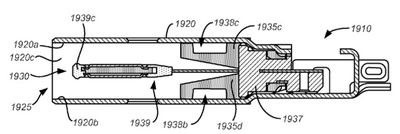
This flexible tongue provides a distinct advantage over current solutions from competing products, which typically use a rigid tongue that has been slimmed down to fit existing USB ports. Though these cables can be inserted in either orientation, the very thin tongue is susceptible to breakage. With Apple's proposed solution, the contact portion of the tongue can be thicker and more durable, with the flexible portion of the tongue minimizing the possibility of breakage and providing room for the thicker tongue to still fit in either orientation.
Recently leaked photos and videos suggest Apple may be working on a new Lightning cable with this reversible USB connector. These cables may ship with future iOS devices and also may contain other features such as support for high-definition audio playback on Made For iPhone (MFi) audio accessories.




